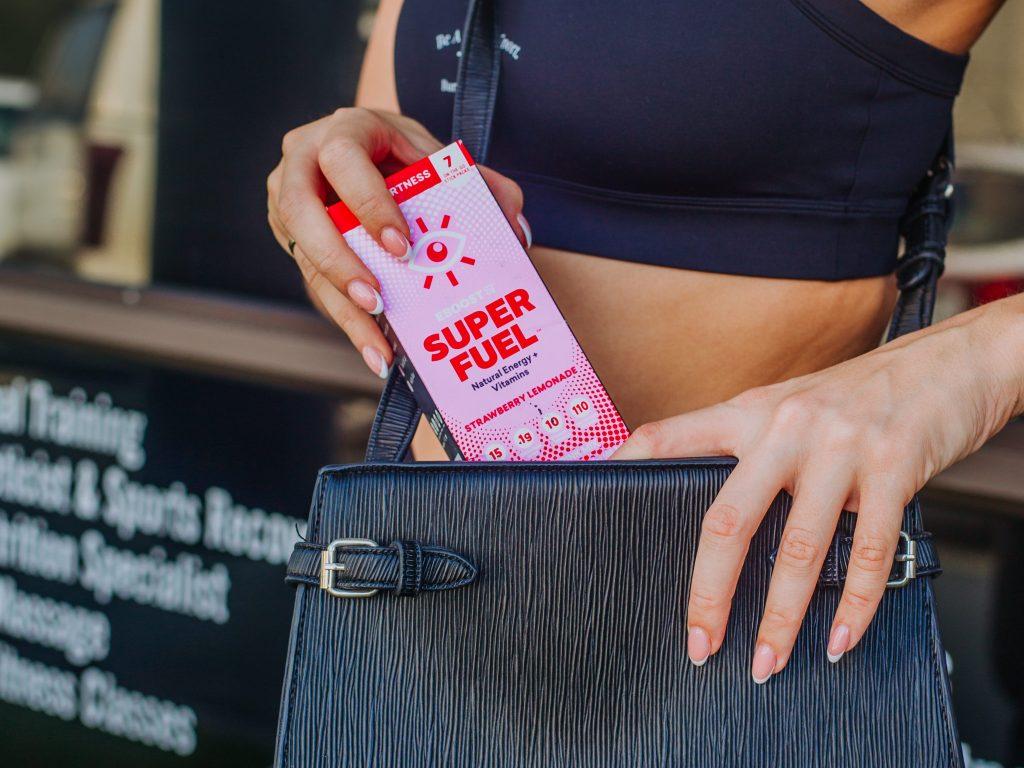Auto-regulation actually isn’t a new concept. It was a relatively talked about concept a lot in bodybuilding many years ago. Over the years it has taken on a new name or more fitting, a new concept–listen to your body. Many people will argue though that auto-regulation is a bit more complex than just listening to your body, as most people have a hard time listening to their bodies and understanding what that means.
So what is Auto-regulation?
According to Mike Mike Tuchscherer’s written article on Arnold Schwarzenegger’s website, “Auto-regulation simply means adjusting the day’s training to fit the body’s needs. It’s a course-correction; a feedback loop. Every single strength training system in the world that has demonstrated repeated success at the highest levels has incorporated auto-regulation. Every one. Not all use the same tools, but they all adapt to the fluctuating capabilities of the lifter.”
The largest problem with this concept is that most people don’t have a coach that is monitoring their every lift, every mood, every calorie in, and so on to really understand what each body needs at any given moment. Instead, Mike, speaks about a system that can be very effective at auto-regulating your body’s needs.
RPE, what is it?
It has been stated over and over again by many sources that the best auto-regulatory tool you can use is RPE.
RPE stands for “Rate of Perceived Exertion” and basically just means, “How hard did it feel?”
Most likely, you use a version of this already when you felt if something was easy or hard. That concept is in essence what RPE. Using this chart below is a way in which you can make that ‘easy or hard’ feeling bit more strategic.
RPE Chart
The scale originated as a 1-20 scale but a 1-10 scale is intuitively understood.
10 Maximum effort. No reps left in the tank.
9 Could have done one more rep.
8 Could have done two or three more reps
7 More than 3 reps left. Bar speed was fast if maximum effort was applied.
6* Bar speed was fast with only moderate effort
5 typically a warm-up weight, 12-15 reps doable
4 recovery or warm up, 20+ reps with ease
*RPE’s below 6 aren’t as important for strength training purposes.
Mike also explains this chart pretty well by stating, “If I write, ‘That felt heavy,’ two weeks later I will have forgotten what exactly that means. And if I repeat the same or similar work, it will be very difficult to see if I improved or not. On the other hand, if I say that the set was “@9”, then that communicates a more precise level of effort. And if next week’s work is ‘@8’, then I know without a doubt I’m progressing.”
Have you worked a weight lifting chart like this into your workouts before? If so, do you think it was effective?






